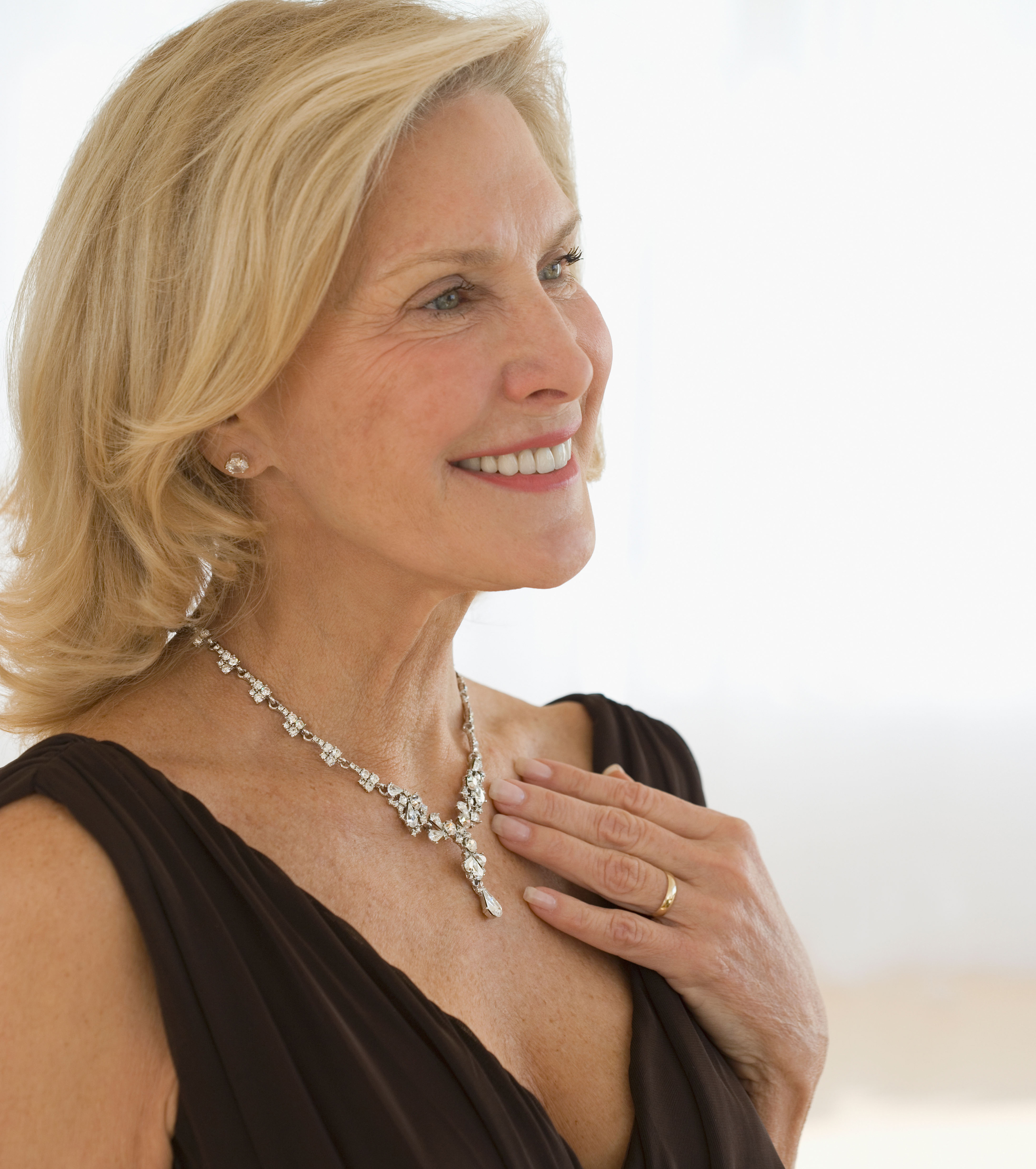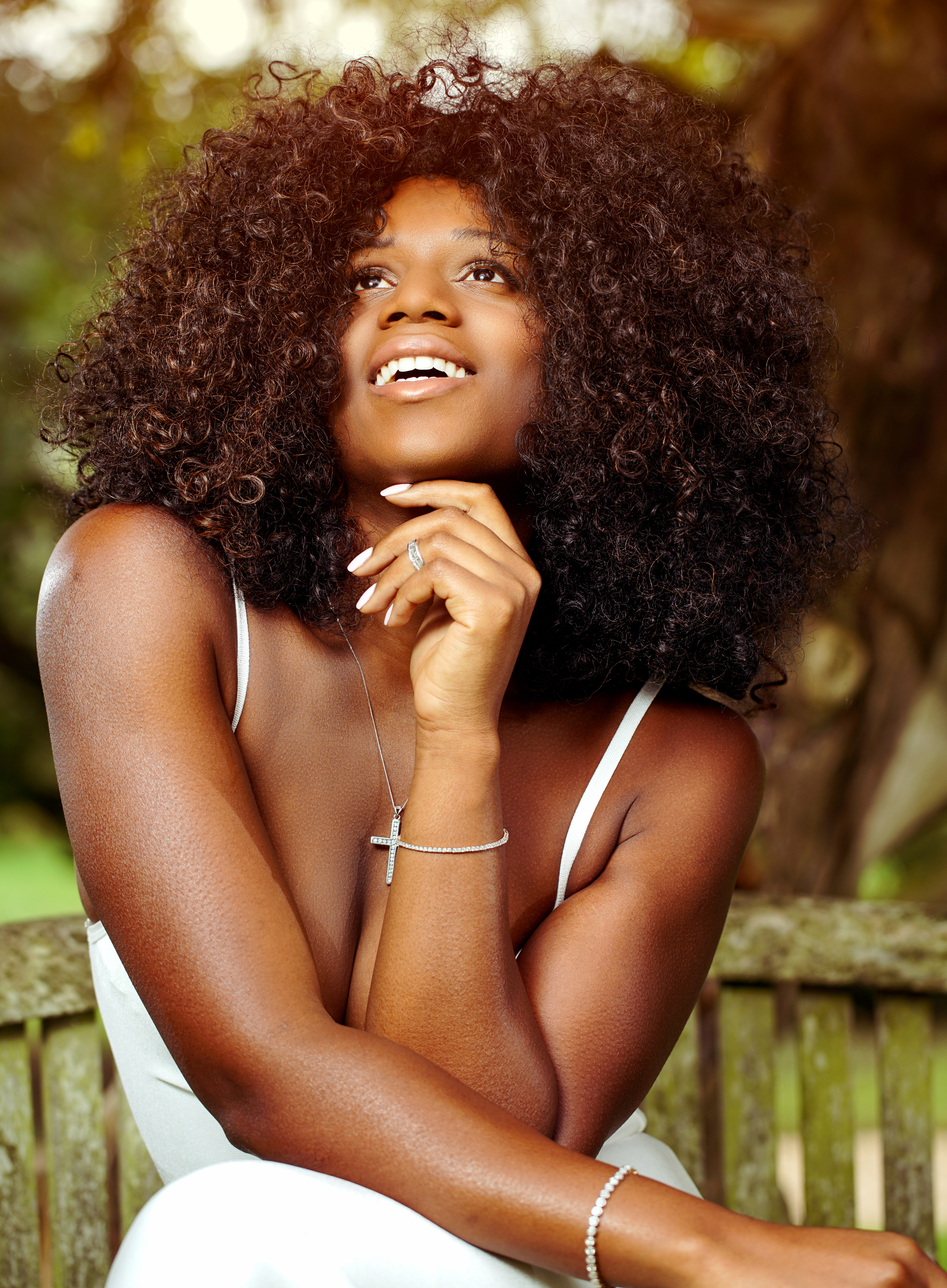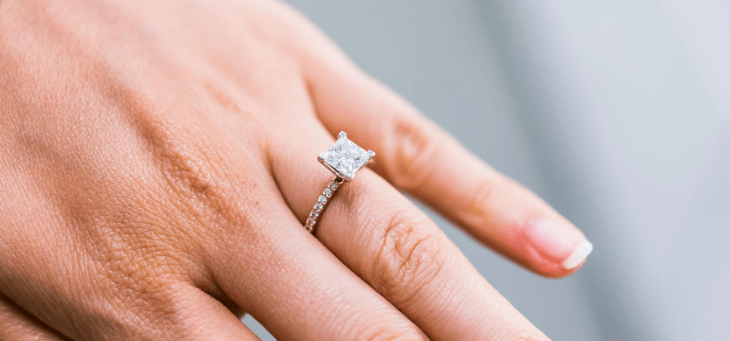Whether it’s a once in a lifetime engagement ring, a meaningful gift for a loved one or a luxurious treat for yourself, buying diamond jewellery can be tricky if you’ve never done it before.
What’s the best cut to go for? Is size more important than sparkle? And how can you be sure you’re not being palmed off with cubic zirconia?
The truth is, some elements come down to personal preference rather than hard and fast rules about what’s ‘best’, but it helps to have some basic knowledge.
Here, jewellery experts offer their top tips for first-time diamond buyers.
1. Get to know the four Cs

Diamond quality is assessed by the four Cs: cut, colour, clarity and carat.
Cut
“Proportions are crucial to the beauty and value of the diamond,” says Daniel O’Farrell, diamond expert and founder of Daniel Christopher Jewellery (dcjewellery.com). You might have heard of cuts such as round, oval, pear or princess.
“There are five cut grades, and generally, the higher the cut grade, the brighter the diamond. We always recommend the highest cut grade – excellent – for the best quality diamond.”
Read: How to clean jewellery at home
Colour
When determining the value of a diamond, “colourless prevails”, says Mr O’Farrell. “The normal diamond colour grades range from D (colourless) through to Z (light yellow or brown), and colourless diamonds are the rarest, hence the most valuable. Diamonds with the colour grades K and below will clearly appear tinted.”

Clarity
Not to be confused with colour, clarity refers to any flaws stones might have.
“Clarity is important to the value of the diamond, because visible marks can negatively affect the appearance, symmetry, pattern and brilliance of the stone,” says Mr O’Farrell.
“Nearly all diamonds have inclusions (internal imperfections) and blemishes (external surface imperfections) to a varying degree, and those with the least imperfections are rewarded with the highest clarity grades.”
Carat
This is “the measurement of how much a diamond weighs”, Mr O’Farrell explains. “Even a slight change in carat weight can make a significant difference to the cost of a diamond, and is therefore measured with high accuracy with specialist machines.”
2. Decide which of the Cs is most important

You might think you should aim for the highest rating in each of the four Cs, but compromising on certain aspects can help you to get more for your money.
“The difference between the highest clarity (flawless) and the second highest (very, very slightly included) isn’t perceptible to the naked eye, so is often unnecessary,” says Claire Beatson, lab grown diamond expert.
Colour grade is another example. “A true colourless diamond will score between D and F on the colour scale, and will have a big price tag,” explains Ms Beatson. “Lower colour grades will have a slight yellow hint to them, which is generally seen as less desirable. However, this matters less on yellow gold jewellery, because any diamond, regardless of quality, will reflect the yellow from the gold.”
Read: The US park covered in diamonds
3. Get a diamond certificate

Sometimes referred to as the fifth C, a diamond certificate is a guarantee the stone you are buying matches the quality grading.
“It’s next to impossible to identify the differences between diamond qualities without specialist training and equipment. Your diamond certificate is an assurance you’re getting the quality you’re paying for,” says Ms Beatson.
It’s also important for two other reasons. “It verifies what you are buying is actually a diamond. Many unscrupulous online sellers will sell cubic zirconia, moissanite and other diamond simulants as real diamonds,” explains Ms Beatson. Plus, “a lot of the resale value of a diamond is dependent on having a valid certificate. So if you want to sell your diamond jewellery at any point in the future, you’ll get next to nothing without the certificate.”
4. Choose a reputable jeweller
View this post on Instagram
It’s important to do some research about the seller before making such a significant purchase.
Mr O’Farrell says: “The best way to ensure a jeweller is reputable is to find out the number of years they have been in the business and, if possible, check their customer reviews.”
Ask for credentials as well, he advises: “Getting diamonds reviewed by experts with years of diamond experience and GIA (Gemological Institute of America) training is the best way to guarantee you are making the right decision when purchasing a diamond for the first time. Avoid buying diamonds second-hand and beware of impersonations. If the price is too good to be true, it probably is!”
Read: How to travel with jewellery
5. Choose ethical diamonds
View this post on Instagram
Known as ‘conflict stones’ or ‘blood diamonds’, this refers to unethical gemstones mined in conflict areas and/or sold to fund war efforts.
“Aim to buy from jewellers whose suppliers are members of the RJC (Responsible Jewellery Council),” says Mr O’Farrell. “It can be difficult to know the true provenance of a diamond, so look out for diamonds traded under the Kimberley Process as a minimum. One way to ensure a truly conflict-free diamond is to consider lab grown diamonds, which are also more sustainable and affordable.”
6. Go with your gut

While it’s beneficial to seek advice from experts, the most important thing when buying diamond jewellery is to make sure you’re happy.
“When it comes to engagement rings, different styles can create wildly different aesthetics,” Ms Beatson says. “The most popular by far is the round brilliant cut, but there are many more to choose from to suit your own personal style and add a little character.”
Ultimately, you should trust your instincts. “Working through the process with someone you trust can help you have more confidence you are making the right decision,” says Mr O’Farrell. “Remember there is no right or wrong diamond, the most critical aspect is how the stone actually makes you feel.”
– With PA
If you enjoy our content, don’t keep it to yourself. Share our free eNews with your friends and encourage them to sign up.

